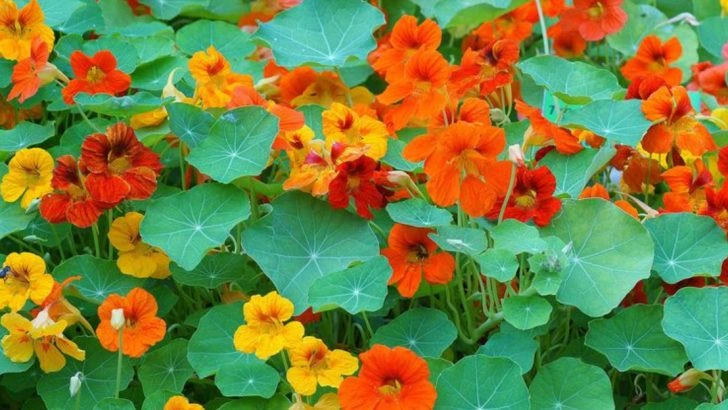Companion planting is a powerful gardening technique that can enhance plant health, improve yields, and naturally deter pests. By pairing certain plants together, you can create a more harmonious garden that supports growth and minimizes the need for chemical fertilizers and pesticides.
In this article, we’ll explore 18 of the best companion plants to boost your garden’s growth. From nitrogen-fixing legumes and pest-repelling herbs to flowering plants that attract pollinators, these plant pairings will help your garden thrive. Learn which combinations work best for improving soil health, supporting plant growth, and achieving a bountiful harvest!
Basil
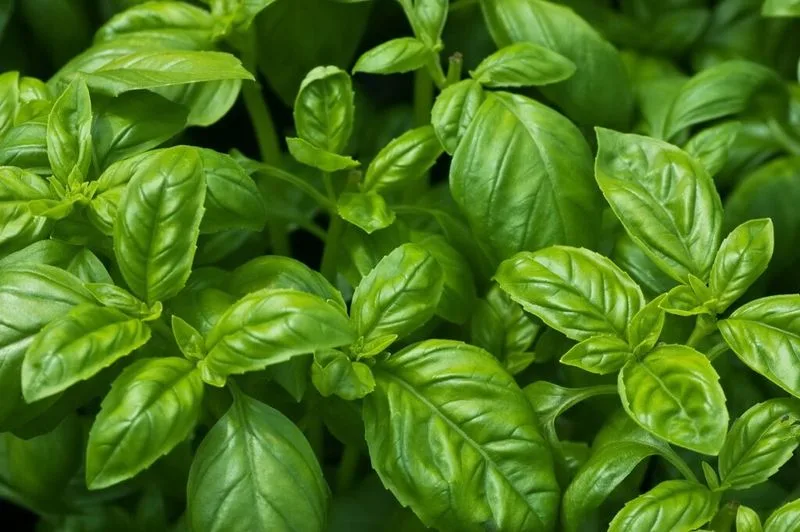
Nestled next to tomatoes, basil acts as more than just a flavorful herb. Its aromatic oils fend off those pesky tomato hornworms, letting your tomatoes flourish unharmed. Basil’s strong scent not only repels insects, but it also enhances the taste of tomatoes, creating an exquisite culinary duo. Planting basil near tomatoes is a classic choice for gardeners aiming to improve crop quality and protect their harvest. Ensuring the basil has ample sunlight and water will amplify its natural benefits while adding lush greenery to your garden’s aesthetic.
Marigold
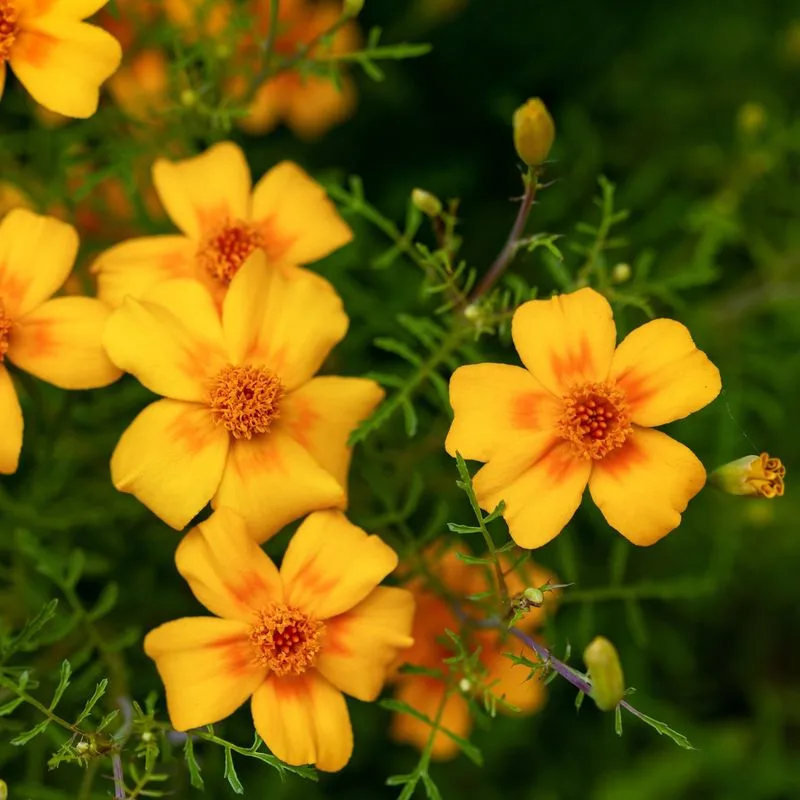
An emblem of vibrant color, marigolds are more than just a pretty flower. They play a crucial role in controlling garden pests, thanks to their ability to repel nematodes. By planting marigolds alongside crops like beans and tomatoes, you’re setting up a natural defense system. Marigolds release chemicals from their roots that deter these microscopic pests, promoting healthier plant growth. Their stunning colors also attract pollinators, adding a delightful splash of life to your garden. Regular deadheading will keep them blooming all season long.
Chives
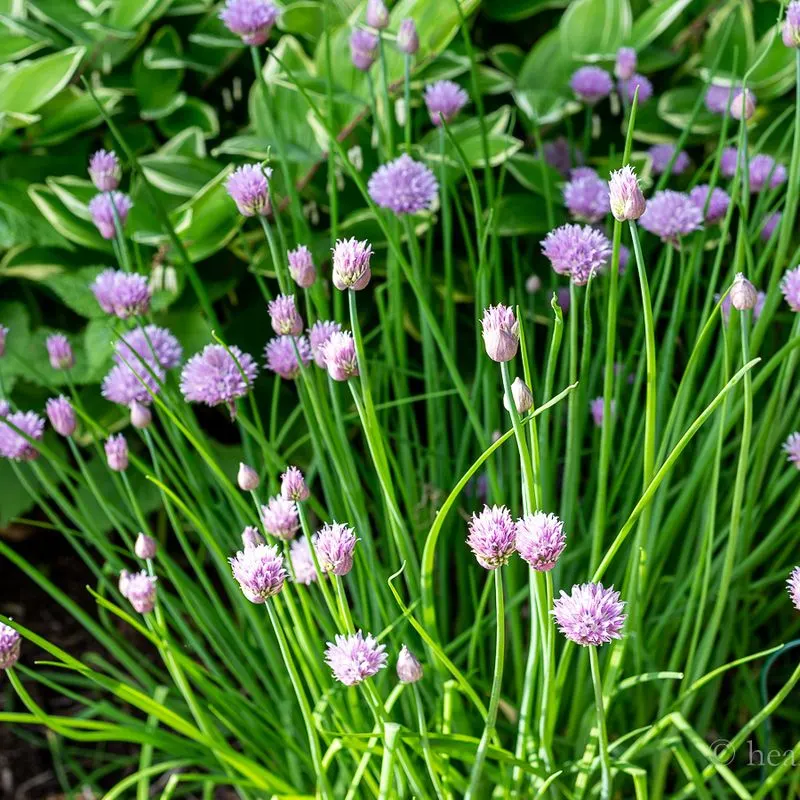
Not just a kitchen staple, chives serve as a robust companion for carrots. Their sharp aroma masks the scent of carrots, thus thwarting carrot flies. This natural deterrent helps in preventing the infestation of these destructive pests. Additionally, chives’ lovely purple flowers can attract pollinators, enhancing the vibrancy and productivity of your garden. Their foliage also adds an elegant touch to garden borders. Consider planting them in clumps to maximize their protective abilities and visual appeal.
Nasturtium
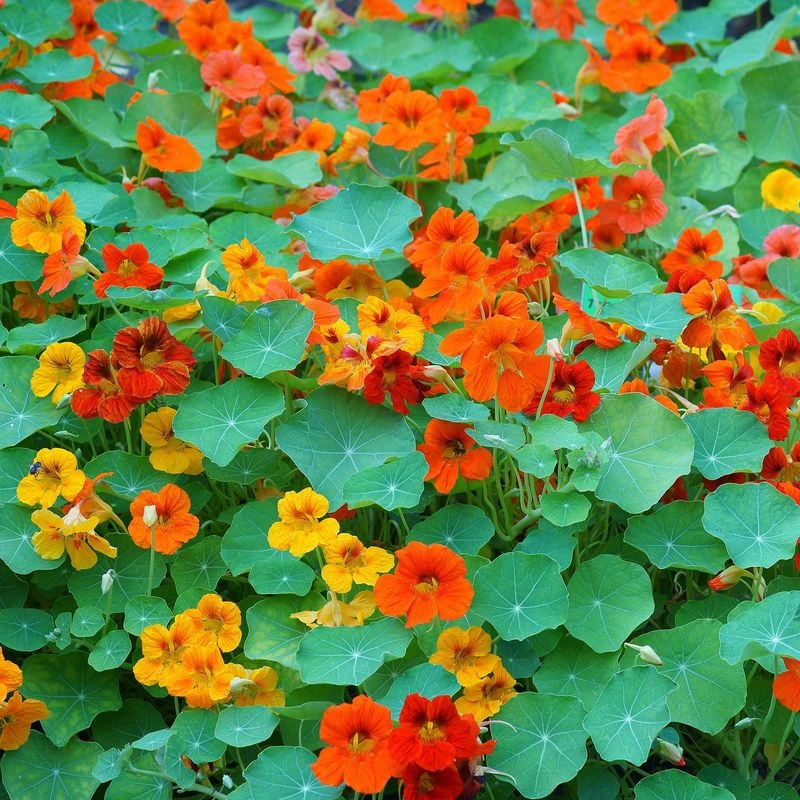
Often seen cascading joyfully, nasturtiums make for a stunning addition to any garden. They are a fantastic companion for cabbage and broccoli, adept at repelling aphids and caterpillars. The peppery leaves are not just edible but can also act as a trap crop, drawing pests away from more vulnerable plants. Nasturtiums’ vibrant blooms bring a pop of color that delights the eyes while serving a functional gardening purpose. Position them strategically to protect and beautify your vegetable patches.
Borage
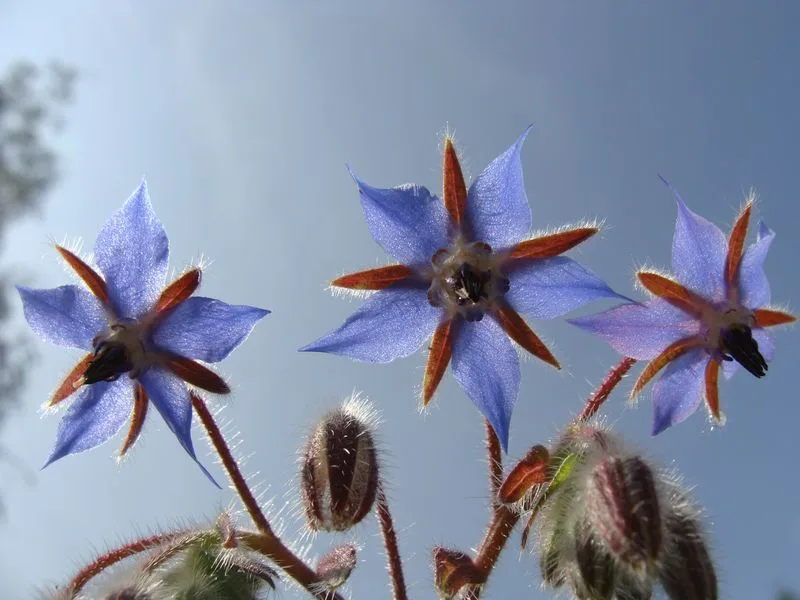
Admired for its starry blue flowers, borage is a boon for strawberry patches. It attracts beneficial insects like bees, boosting pollination and enhancing the yield of your strawberry plants. Borage can also improve the soil quality by accumulating trace minerals. Its large leaves provide a natural mulch as they decompose, enriching the soil with nutrients. This plant’s edible flowers are a visual treat and can be used in salads, adding both beauty and utility to your gardening space.
Mint
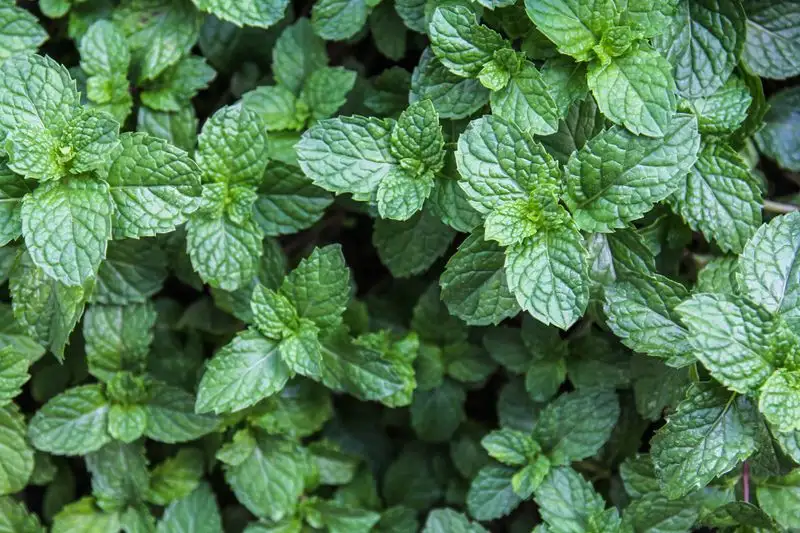
While mint is notorious for its invasive nature, when controlled, it’s an invaluable garden ally. Its aromatic leaves deter pests like ants and cabbage moths. By planting mint near cabbage, you can protect your crops without resorting to chemical pesticides. Mint’s vigorous growth acts as a natural ground cover, helping retain soil moisture. Ensure it’s planted in pots or controlled environments to prevent it from overtaking your garden. Its refreshing scent and lush greenery make it a delightful addition to any garden space.
Rosemary

A robust herb with a distinct aroma, rosemary is a perfect partner for beans. It repels bean beetles and enhances the growth of nearby plants. Rosemary also thrives in sunny conditions, making it an ideal border plant. Its fragrant leaves are not just for cooking; they also act as a natural deterrent for certain pests. Integrating rosemary into your garden enriches the environment while providing fresh herbs for culinary use. Its needle-like leaves add texture and depth to your garden landscape.
Lavender
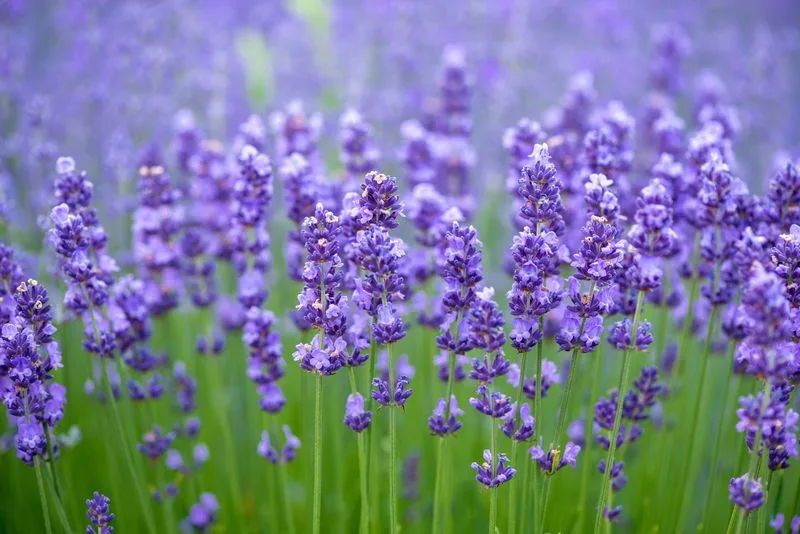
Lavender, with its calming fragrance, is an excellent companion for roses. It deters aphids and attracts beneficial insects like bees and butterflies. The silvery foliage and purple flowers of lavender create a stunning contrast against rose bushes. Lavender thrives in well-drained soil and sunny spots, making it a lovely addition to any garden. Its aromatic properties extend beyond pest control, as the scent can be soothing to gardeners too. Regular pruning encourages compact growth and abundant blooms.
Sage
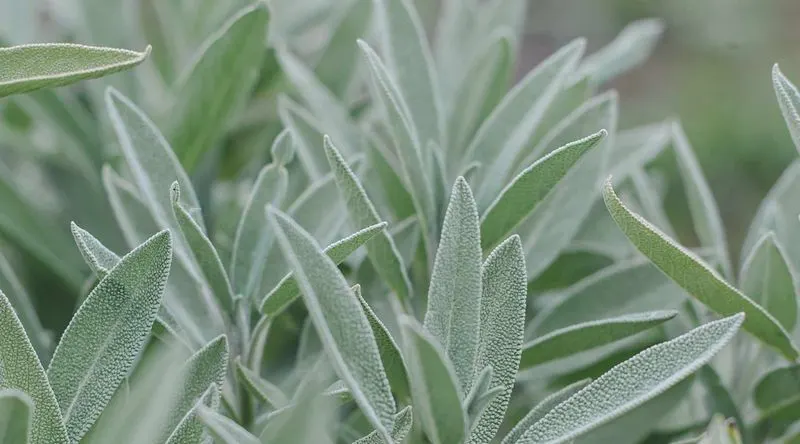
Valued for its culinary uses, sage also offers garden benefits when paired with carrots. It masks carrot scents, reducing the risk of carrot fly infestations. Sage’s aromatic leaves add an earthy scent to the garden, deterring other pests as well. Its compact growth is perfect for bordering garden beds, providing structure and fragrance. Sage thrives in sunny conditions and well-drained soil, making it a versatile addition. Regular harvesting encourages bushier growth and a more robust plant.
Dill
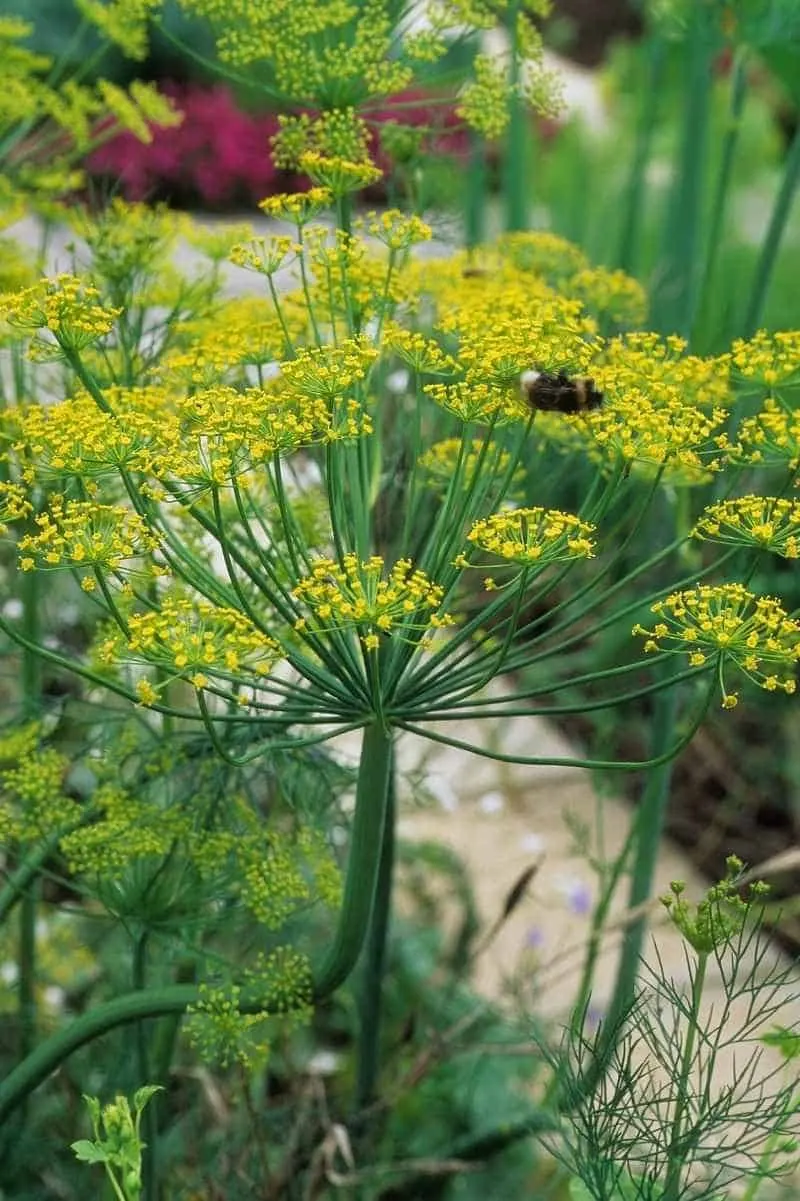
Dill’s feathery foliage isn’t just visually appealing; it’s also a great companion for cucumbers. It attracts beneficial insects like ladybugs and parasitic wasps, which help control aphid populations. Dill’s presence in the garden supports a natural pest control strategy, encouraging a healthy ecosystem. It also enhances the flavor of cucumbers when used together in culinary dishes. Dill prefers sunny locations and well-drained soil, thriving when regularly harvested. Its tall, airy structure adds height and elegance to garden beds.
Cilantro

Cilantro, known for its distinctive flavor, is a valuable garden companion for tomatoes. It attracts beneficial insects like hoverflies and predatory wasps, which help control aphid populations. Cilantro’s rapid growth provides quick ground cover, reducing weed competition. Its aromatic leaves can also deter harmful insects, promoting healthier tomato plants. Regularly harvesting cilantro encourages fresh, new growth while providing a continuous supply of herbs. Its delicate foliage adds a lush texture to the garden landscape.
Thyme
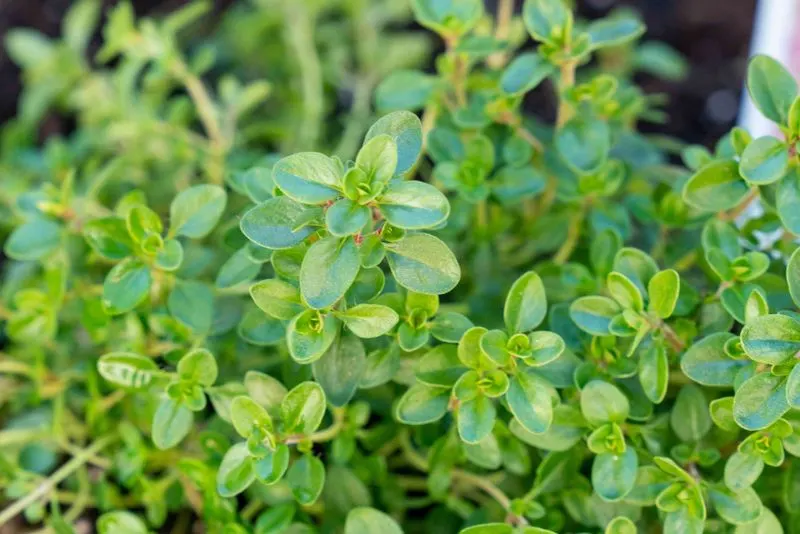
A low-growing herb, thyme makes an excellent companion for cabbage. Its aromatic properties deter cabbage worms, providing a natural pest control method. Thyme also attracts beneficial insects, contributing to a thriving garden ecosystem. The herb’s compact growth is ideal for underplanting, maximizing space and efficiency. Thyme thrives in well-drained soil and sunny locations, adding versatility to the garden layout. Regularly pruning thyme encourages dense growth, enhancing its effectiveness and appearance in your garden.
Beebalm
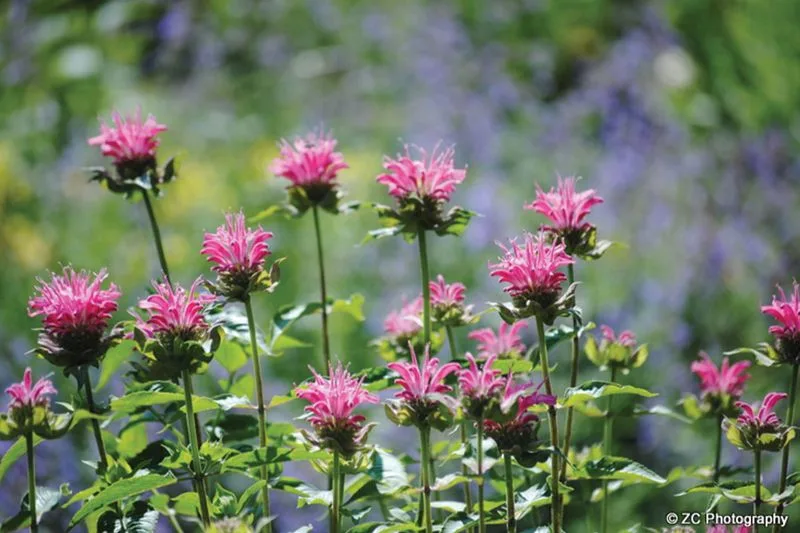
Known for its striking flowers, beebalm is a magnet for pollinators like bees and butterflies. When planted near tomatoes, it enhances pollination, leading to a more bountiful yield. Beebalm’s foliage releases aromatic oils that can deter pests, contributing to a healthier garden environment. This plant’s vibrant blooms add a splash of color and attract beneficial insects that help with pest control. Beebalm thrives in sunny spots with well-drained soil, making it a dynamic addition to any garden.
Oregano
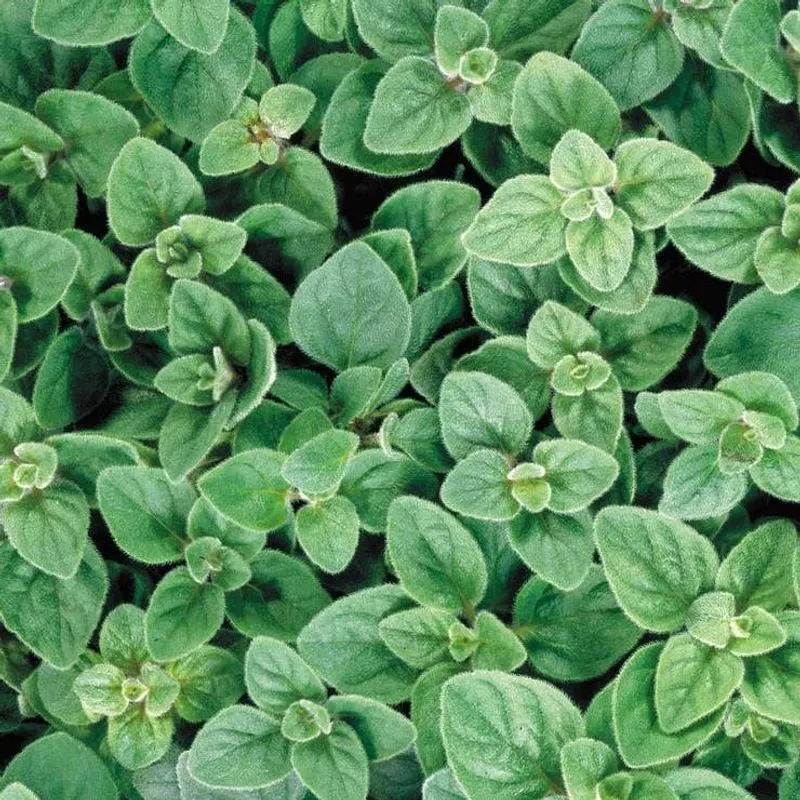
Oregano is a versatile herb that complements peppers perfectly. Its strong aroma wards off pests like aphids and spider mites. Oregano’s dense growth provides excellent ground cover, retaining moisture and suppressing weeds. This herb thrives in sunny conditions, making it an ideal border plant for pepper patches. Regular harvesting of oregano not only encourages bushier growth but also supplies fresh herbs for culinary use. Its presence in the garden enhances both plant health and aesthetic appeal.
Calendula
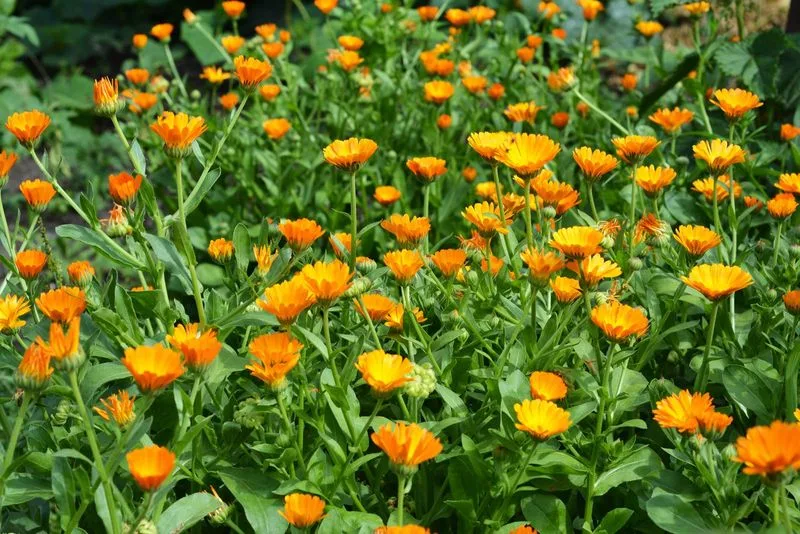
Calendula, with its cheerful blooms, is prized for its pest-repelling properties. When planted near parsley, it deters common pests like aphids and whiteflies. Calendula’s vibrant flowers attract beneficial insects, contributing to a balanced garden ecosystem. The petals are edible, adding color to salads and dishes. This plant thrives in well-drained soil and sunny conditions, providing continuous blooms throughout the season. Regular deadheading encourages more flowers, enhancing its role as both a protector and a visual delight.
Parsley

Parsley isn’t just a garnish; it’s a supportive companion for asparagus. It attracts beneficial insects like parasitic wasps, which help control pest populations. Parsley’s growth helps in providing ground cover, reducing the spread of weeds. The fresh, green foliage adds a textural contrast to the garden, complementing the tall asparagus stalks. Parsley thrives in moist soil and partial sun, making it a versatile addition. Regular harvesting keeps it productive, ensuring a steady supply of fresh herbs.
Yarrow
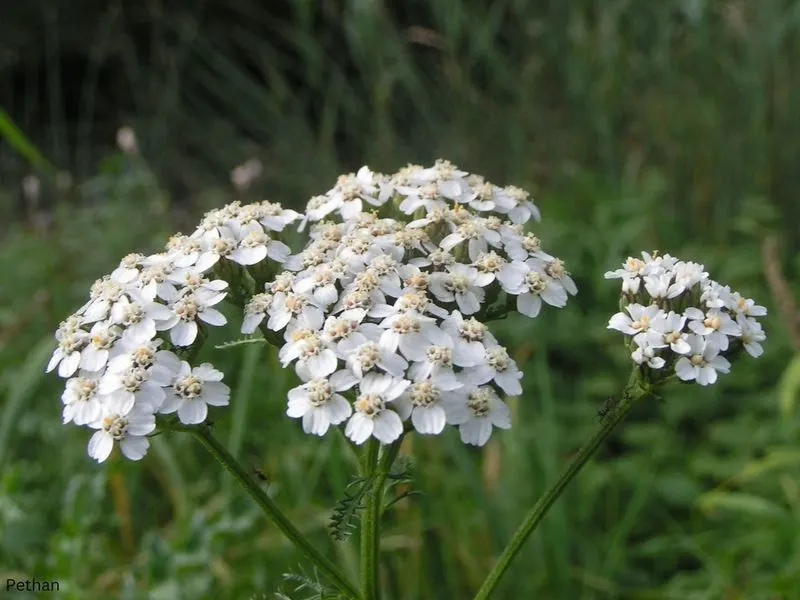
Yarrow is a hardy plant that benefits grapevines by attracting predatory insects to control pests. Its clusters of tiny white flowers are a beacon for beneficial bugs like ladybugs and lacewings. Yarrow also improves soil quality by accumulating nutrients, which enriches the garden environment. Its deep roots help in aerating the soil, promoting better water absorption for surrounding plants. This perennial is easy to grow and adds a delicate beauty to your garden’s landscape.
Tansy
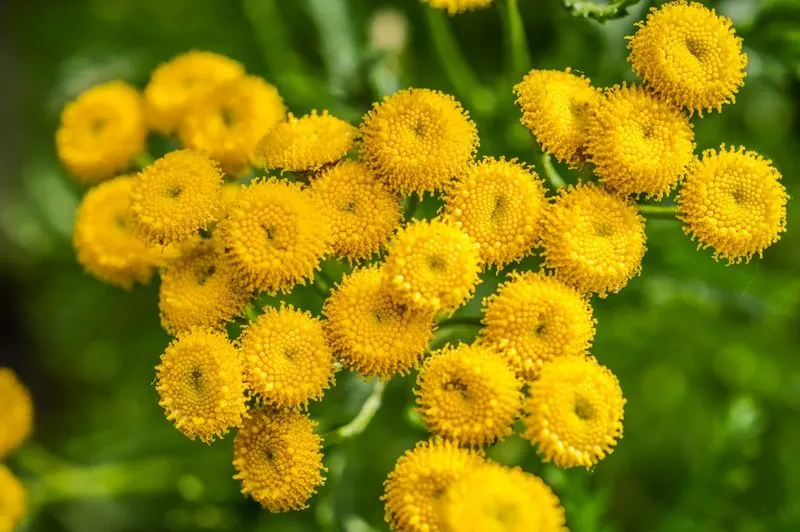
Tansy, with its feathery foliage, is a natural mosquito repellent. When planted near rose bushes, it deters aphids and other pests. Tansy’s vibrant yellow flowers add a striking visual element while supporting a beneficial garden ecosystem. It’s a hardy, low-maintenance plant that thrives in various soil conditions. By incorporating tansy into your garden, you enhance pest control and the overall health of your plants. Its aromatic leaves and bright blooms are both functional and aesthetically pleasing.

